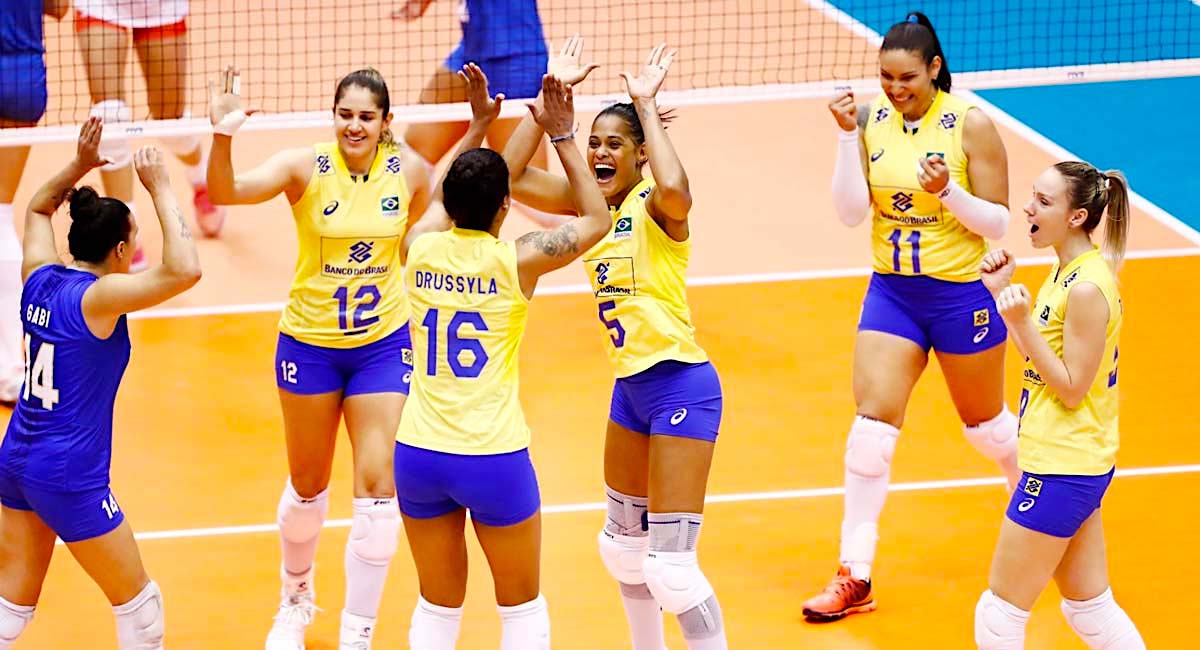
As an experienced athlete who plays volleyball, very little likely compares to your enthusiastic love of the game. From the feelings of camaraderie between yourself and your fellow teammates, to the rush of excitement that you experience when you win a match against a strong rival, you both live and breathe volleyball. And because of this, the very serious threat of a career-ending injury is one that probably often occupies real estate in the back of your mind.
While nobody ever wants to be injured, the fact is, these injuries are actually quite common. Research has shown that for every 1,000 hours that volleyball is played, up to ten significant injuries can occur. Even if you personally have not been affected by an injury while playing, it’s possible that you may have seen a friend sustain such an injury. Because of this, it’s especially important to not only be mindful of these types of injuries, but also know how to prevent and treat them.
Injuries To the Upper Body
When you play volleyball, it’s extremely common to perform repetitive overhead motions. While exerting your upper body during a game is a fantastic way to give yourself a competitive edge over your opponents, it’s also a fast track to encountering injuries in your upper body, as well. Because of this, shoulder injuries (such as rotator cuff tendinitis) and hand injuries (like sprained, dislocated, and even fractured fingers) are not unheard of.
As repetitive stress injuries, prevention of rotator cuff tendinitis can be mitigated by engaging in strength training, including working the nearby muscles (such as your deltoids, trapeziuses, biceps, and triceps). Taking care to not overexert the tendon, and giving yourself ample time to rest between games, can also help prevent injury to the site. If the pain and irritation persists, anti-inflammatory medications and hot or cold compresses can provide relief.
Preventing injuries to your fingers can be more challenging and harder to prevent, as they are often caused by carelessness, aggressive playing, or distraction. Being mindful, though, can help reduce the chance of injury to the site. If your finger does get sprained, broken, or dislocated during a game, it’s important to have it evaluated right away. The sooner you seek medical intervention, the better your chances are of avoiding permanent issues.
Lower Body Injuries
Lower body injuries tend to be the most prevalent type of injury that can occur while playing volleyball, and of these injuries, ankle sprains happen the most frequently. Fortunately, treating an ankle sprain is relatively straightforward, and rest is generally regarded as the best prescription for an ankle sprain. Avoid putting any weight on the ankle in the first 48 hours, and don’t hesitate to wrap, elevate, and ice the joint to minimize swelling and pain. An ankle brace can also help prevent future injuries.
Other lower body injuries can include ACL (anterior cruciate ligament) tears and patellar tendinitis. ACL tears can be incredibly debilitating, sidelining you for anywhere between six to nine months, or longer. Treatment for an ACL tear, unfortunately, often requires surgery to repair the torn tendon. As far as treating patellar tendinitis, the treatment is more modest and straightforward. Employing the “RICE” method (rest, ice, compression, and elevation), as well as rehabilitative exercises, can be beneficial.
Pain and Injuries to the Lower Back
Just as repeated stress to your shoulders and legs can cause corresponding injuries at those sites, so can continual stress to your back lead eventually to significant back pain. Pain in your lower back is incredibly common for volleyball players, and typically, it’s caused by either ligament or muscle strain. It arises due to the muscles and the ligaments in your lower back experiencing wear and tear. The good news is that this pain can be relieved through a combination of physical therapy and rest.
However, if the pain in your back isn’t isolated to just your back, it could hint at a more urgent problem. If the pain also moves down your legs, or you start to experience weakness or numbness in your feet or ankle, then you may have a herniated disk. An MRI may be necessary to help diagnose it, but if it’s determined that you do have a herniated disk, your treatment options can vary. Your doctor may recommend a muscle relaxant like Fexmid to help with the spasms, injected corticosteroids, physical therapy, or surgery.
An Ounce of Prevention
Ultimately, staying healthy and remaining prudent overall can be one of the most important things you do to help prevent injuries when playing volleyball. By taking the time to properly warm up before a game and cool down afterward — and using an ankle brace, practicing good dietary and fitness habits, getting ample rest, and taking any signs of pain seriously — you can help ensure that you can continue playing the game you love for many years to come!
